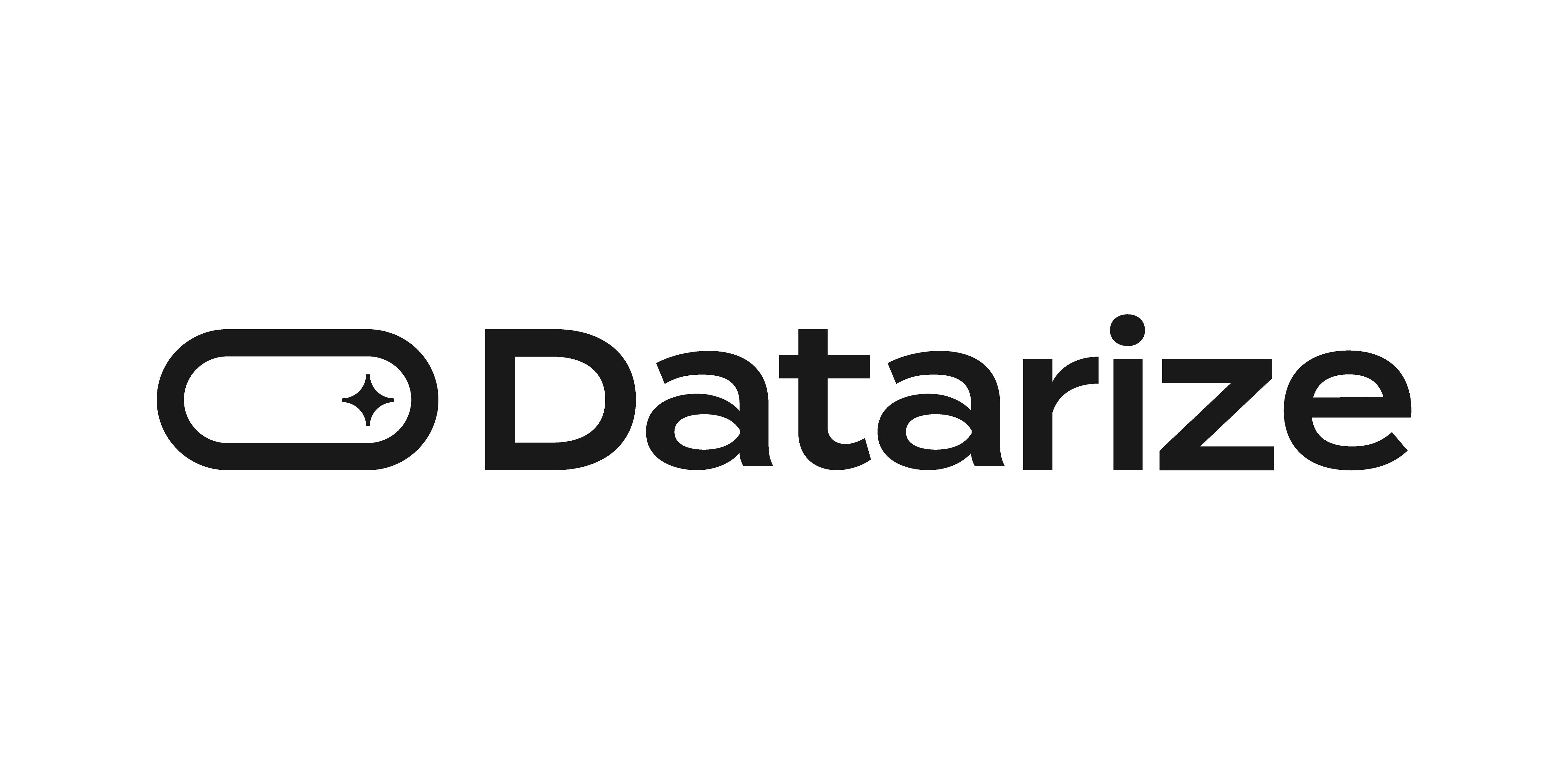1. What Customer Segmentation Analysis Means
A customer segment refers to grouping customers with similar characteristics. This allows you to execute marketing strategies tailored to their traits and predict customer behaviors more effectively, enabling you to build a solid CRM system.
There are various criteria for segmentation. You can use demographic factors such as age and gender, but also behavioral data like purchase patterns and history. Targeting customer groups based on their operating system is another good example. For instance, if Android (AOS) users have higher mobile app purchase rates, you can run marketing campaigns to encourage purchases specifically for AOS users.
By segmenting customers like this, you can develop optimized marketing strategies for each group.
2. Datarize's Unique Customer Segment Analysis
Datarize segments customers by analyzing each customer's personalized churn risk. Preventing churn is the most crucial part of CRM.
Most customers follow a cycle of awareness → interest → experience (purchase) → familiarity (repeat purchase) → loyalty. As visits decrease, the likelihood of dropping out from purchases increases. To prevent this, Datarize offers a Visit-Purchase Segment feature that categorizes customers based on their visit and purchase behaviors.
The Visit-Purchase Segment analyzes each customer’s purchase cycle to identify those at risk of churn. For example, if Customer A typically purchases every two months and Customer B every two weeks, and both haven't purchased for 40 days, Customer B is at a higher risk of churn. Datarize uses personalized churn prediction, not a fixed standard, to segment customers.
3. How to Use Visit-Purchase Segments
With Datarize’s Visit-Purchase Segment, you can easily monitor segment statuses at a glance and track how positive and negative segment ratios change over time. Let’s explore some examples of how to take action with these segments.
3-1. Retaining Core Active Customers
.png?width=1936&height=1200&name=image%20(12).png)
In Datarize’s Visit-Purchase Segment chart, the right side represents higher visit activity and the upper side represents higher purchase activity. The ideal scenario is having a large proportion of ‘Core Active Customers’ in the upper-right corner.
To prevent these customers from moving to other segments, consistent engagement is essential. For instance, combining message campaigns with onsite campaigns can help drive even higher sales.
3-2. Encouraging Purchases: Customers Who Visit but Do Not Buy
.png?width=2240&height=1408&name=image%20(13).png)
Segments like ‘At-Risk Buyer & Active Visitor’ and ‘Non-Buyer & Active Visitor’ consist of customers who have visited recently but haven't purchased. These customers are likely interested but hesitant to buy. Recommend relevant products or offer incentives to guide them toward the Core Active Customer.
For ‘Non-Buyer & Active Visitor’ customers, who’ve never purchased, they are likely in the awareness or interest stage. Boost their engagement by recommending products they’ve shown interest in and sending reminders about sign-up rewards like coupons or points via messaging.
Datarize provides preset campaigns for this, making it easy to set up.
3-3. Driving Re-visits: Customers with Declining Visits
.png?width=2240&height=1408&name=image%20(14).png)
Customers in ‘At-Risk Visitor’ segments are those whose visits have declined recently. Encourage re-visits before the churn risk increases by recommending popular products or offering coupons and rewards.
.png?width=2240&height=1408&name=image%20(15).png)
For ‘Inactive Visitor’ segments, these customers haven’t visited in a long time, so higher persuasion efforts are required. Promote new arrivals or comeback coupons with bold discounts to bring them back to your site.
4. Breaking down First-Time and Repeat Buyers
Once you understand Visit-Purchase Segments, you can apply them to first-time and repeat customers for more precise engagement.
4-1. First-Time Buyer Segments
These are customers who have made a single purchase. Consistent engagement at the right time is crucial for encouraging repeat purchases. Ask about their satisfaction with the product or whether they need tips on usage or maintenance (especially for products like electronics or home goods).
.png?width=2240&height=1568&name=image%20(16).png)
For ‘Active First-Time Buyer & Active Visitor’ who’ve purchased and visited recently, recommend relevant products to guide them toward becoming 'Active Repeat Buyer & Active Visitor'.
For ‘At-Risk First-Time Buyer’, whose purchase cycle is approaching but they haven’t purchased again, highlight repeat purchase benefits—like using their reward points or offering coupons.
For ‘Active First-Time Buyer & At-Risk Visitor’ who haven’t visited after their first purchase, recommend complementary products. Datarize’s product recommendation campaigns can automatically send these suggestions.
For ‘At-Risk First-Time Buyer & Inactive Visitor’, consistent CRM engagement is essential. Recommend popular products to re-engage them at the right time.
4-2. Repeat Buyer Segments
These are customers who have made two or more purchases and are in the familiarity stage. However, even these customers can churn without careful engagement. Offer special membership tiers to strengthen loyalty.
.png?width=2240&height=1568&name=image%20(17).png)
The ‘Active Reapeat Buyer & Active Visitor’ segment, with frequent visits and purchases, should be the largest. Continue engagement with them, referring to them as ‘special customers’ to maintain their status.
For ‘At-Risk Repeat Buyer & Active Visitor’ who browse but don’t purchase, lower their purchase hurdles with coupons tied to their membership tier.
For ‘Active Reapeat Buyer & At-Risk Visitor’, send purchase reminders or product recommendations based on their purchase cycle.
For ‘At-Risk Repeat Buyer & At-Risk Visitor’ customers, provide strong incentives like generous coupons to prevent them from becoming fully inactive.
While acquiring new customers through marketing is important, it’s maintaining a high proportion of active customers that sustains revenue. If existing loyal customers churn, you’ll need to spend significantly more on acquiring new customers, which is much costlier than retaining current ones.
Closing words
We’ve explored CRM strategies using Datarize’s Visit-Purchase Segments. By analyzing customer patterns within each segment, you can implement effective marketing strategies to prevent churn.
We hope Datarize’s Visit-Purchase Segment analysis becomes a powerful tool to help you understand your customers better and stay ahead in your CRM strategy.

-1.png)
.png)
.png)
.png)